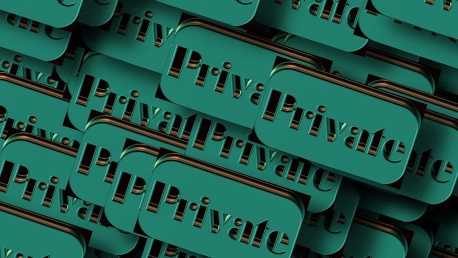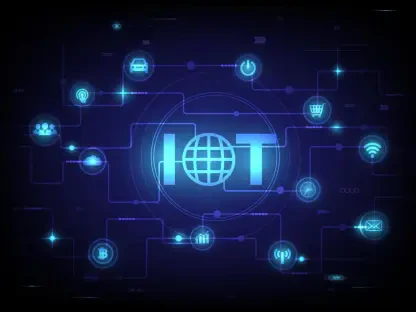As the Internet of Things (IoT) expands, a future filled with interconnected devices is becoming a reality. This network promises to transform our daily lives with ease and efficiency, offering smart homes, sophisticated health wearables, and streamlined industrial operations. However, as each IoT device collects data to enhance performance, it casts a digital shadow that raises important privacy and security concerns. In this rush toward a more automated existence, it is crucial to ask whether the trade-off between convenience and our personal data is justified. Are we potentially sacrificing our privacy in exchange for the allure of a technologically integrated lifestyle? As we embrace these advancements, the need for balance becomes clear: we must protect our sensitive information while enjoying the benefits of the IoT evolution.
The Privacy Conundrum
Central to the IoT value proposition is the intensive collection of personal data. This data includes location tracking, health patterns, financial information, and lifestyle choices — a smorgasbord for opportunistic cybercriminals. For many IoT devices, sharing sensitive information isn’t optional but a requisite for functionality. Thus, as our lives become increasingly wired, the distinction between public and private information blurs, raising significant privacy concerns. The IoT’s pervasive nature makes it challenging to navigate a landscape teeming with potential data misuse, even as regulations like the GDPR attempt to anchor the industry with rules of governance.
Cybersecurity at Stake
The rapid growth of Internet of Things (IoT) devices expands the avenues for cyber-attacks, each device being a potential access point for hackers. The vast number of devices expected to enter the market only enlarges this threat surface. Alarmingly, cybersecurity efforts often fall behind the swift advancement and implementation of IoT technologies, leaving not just personal data but comprehensive infrastructures at risk. Bridging this security gap is crucial to protect more than information—it’s about securing our digital existence. Strong security protocols are essential, demanding a blend of technological advancements, policy regulations, and public awareness. This integrated approach is vital in defusing the danger that looms with the ongoing proliferation of IoT devices and maintaining the integrity of our digital infrastructure.









